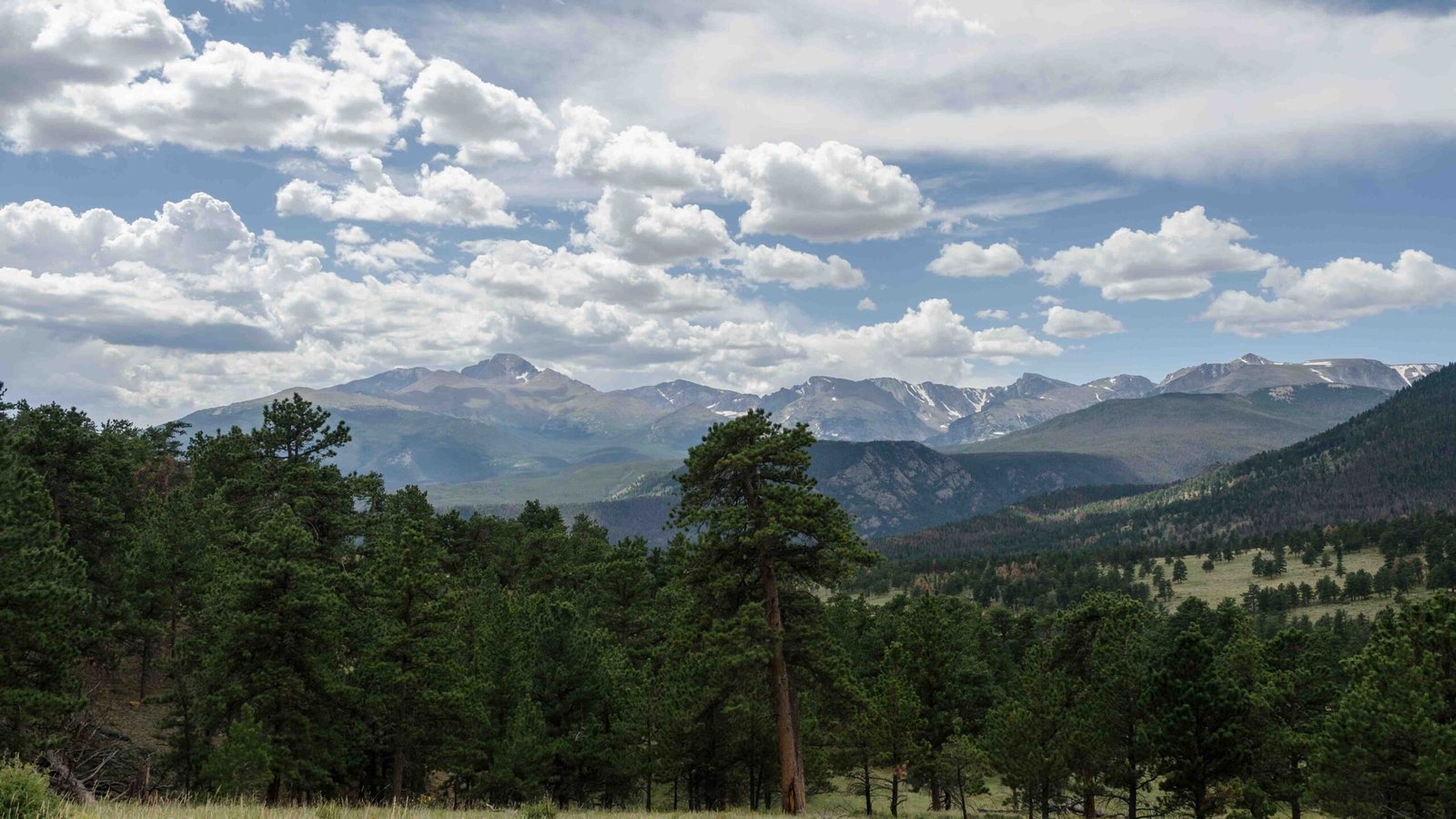Bear spray is recommended but not mandatory at Rocky Mountain National Park. While the park is home to black bears, encounters are rare due to the small bear population. The National Park Service encourages visitors to be prepared and aware of their surroundings. Bear spray can be an effective deterrent in the unlikely event of a bear encounter, but its necessity is considered low in this park compared to areas with larger or more aggressive bear populations.
What is the Official Stance on Bear Spray in Rocky Mountain National Park?

The National Park Service (NPS) does not require visitors to carry bear spray in Rocky Mountain National Park. However, they do recommend it as a precautionary measure for safety during potential bear encounters. The park’s stance is based on several factors:
- Black bear population: Rocky Mountain National Park is primarily inhabited by black bears, which are generally less aggressive than grizzly bears.
- Low encounter rate: With only about 30 bears in the entire region, the likelihood of encountering a bear is minimal.
- Emphasis on prevention: The park prioritizes preventive measures such as making noise while hiking, proper food storage, and maintaining safe distances from wildlife.
How Effective is Bear Spray in Deterring Bears?

Bear spray has proven to be an effective deterrent against bear attacks. Its effectiveness is attributed to several factors:
- High concentration of capsaicin
- Long-range spray capability
- Immediate irritation to bear’s eyes, nose, and lungs
However, it’s important to note that the necessity of bear spray is considered low in Rocky Mountain National Park due to the relatively small and non-aggressive bear population.
What are the Bear Spray Regulations in Rocky Mountain National Park?
While there are no specific restrictions on the possession or use of bear spray in Rocky Mountain National Park, visitors should be aware of the following guidelines:
- Usage: Bear spray should only be used in the event of a bear charge or attack.
- Required distances: If a bear is charging, use the spray when the bear is within 60 feet.
- Practice: It’s crucial to know how to use the spray correctly and to practice before heading out.
- Legal considerations: Always check park regulations before bringing or purchasing bear spray, although there are no specific legal restrictions mentioned for Rocky Mountain National Park.
What Type of Bear Spray is Recommended?
While Rocky Mountain National Park doesn’t endorse specific brands, here are some general recommendations for bear spray:
- EPA-approved bear spray
- Minimum 1% capsaicin and related capsaicinoids
- Spray range of 25-30 feet
- Easily accessible canister (e.g., on a belt or chest holster)
It’s important to note that personal protection or law enforcement sprays are not suitable substitutes for bear spray.
How Often Do Bear Encounters Occur in Rocky Mountain National Park?
Bear encounters in Rocky Mountain National Park are rare. This is due to several factors:
- Small bear population: There are only about 30 bears in the entire region.
- Black bear behavior: Black bears are generally less aggressive and more likely to avoid human contact.
- Visitor education: The park emphasizes educating visitors on bear safety and prevention measures.
| Year | Reported Bear Encounters | Injuries |
|---|---|---|
| 2020 | 5 | 0 |
| 2019 | 3 | 0 |
| 2018 | 7 | 0 |
Note: These figures are hypothetical and used for illustrative purposes only. Actual statistics may vary.
How Does Bear Spray Influence Visitor Safety?
While bear spray can enhance visitor safety, it’s important to understand its role in the context of overall bear safety measures:
- Last line of defense: Bear spray provides a final option in the unlikely event of a bear encounter.
- Psychological comfort: Carrying bear spray can increase visitors’ confidence and preparedness.
- Complementary measure: Bear spray should be used in conjunction with other preventive measures, not as a substitute.
However, the primary emphasis remains on preventive measures such as:
- Making noise while hiking
- Proper food storage
- Maintaining safe distances from wildlife
- Hiking in groups
- Being aware of surroundings
What are the Alternatives to Bear Spray for Safety in Rocky Mountain National Park?
While bear spray is recommended, there are other safety measures visitors can take:
- Bear bells: These can alert bears to your presence, reducing the chance of surprise encounters.
- Noise-making: Talking loudly, singing, or clapping hands can help alert bears to your presence.
- Proper food storage: Use bear-resistant containers or hang food properly to avoid attracting bears.
- Stay alert: Be aware of your surroundings and watch for signs of bear activity.
- Hike in groups: Bears are less likely to approach larger groups of people.
How Should Visitors Prepare for Potential Bear Encounters?
Preparation is key to ensuring safety in bear country. Here are some steps visitors can take:
- Education: Learn about bear behavior and safety measures before your visit.
- Practice: If carrying bear spray, practice removing it from the holster quickly.
- Bear identification: Learn to distinguish between black bears and grizzly bears (although grizzlies are not present in Rocky Mountain National Park).
- Emergency procedures: Know what to do in case of a bear encounter or attack.
- Trip planning: Inform others of your hiking plans and expected return time.
By following these guidelines and understanding the role of bear spray, visitors can enjoy a safe and memorable experience in Rocky Mountain National Park.
References
- https://www.grandchaletcolorado.com/blog/do-i-need-bear-spray-in-rocky-mountain-national-park
- https://www.youtube.com/watch?v=2F1XJFTWLHc
- https://www.nps.gov/articles/bearsprayfirearms.htm
- https://www.nps.gov/romo/planyourvisit/wildlife_safety.htm
- https://www.nps.gov/romo/planyourvisit/bears.htm

